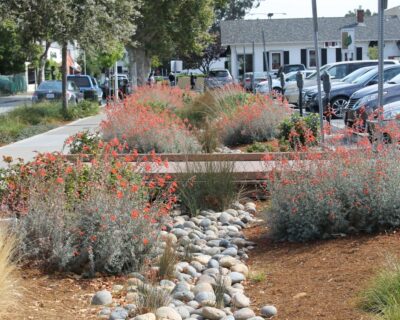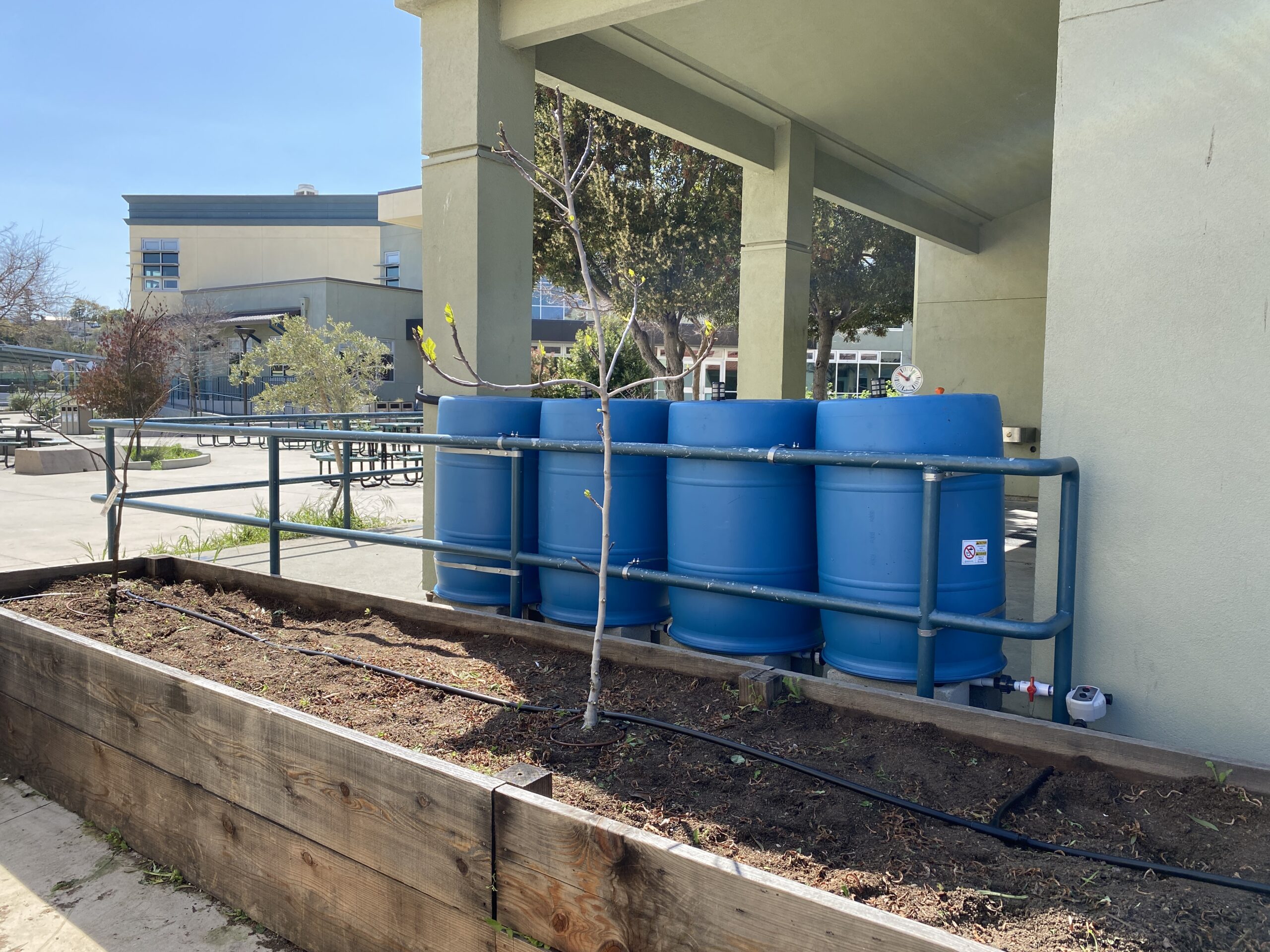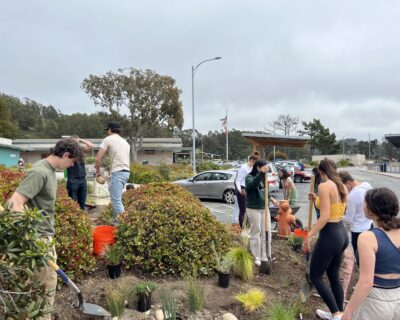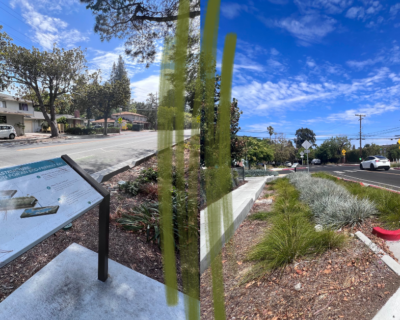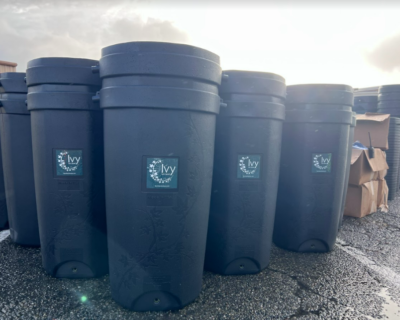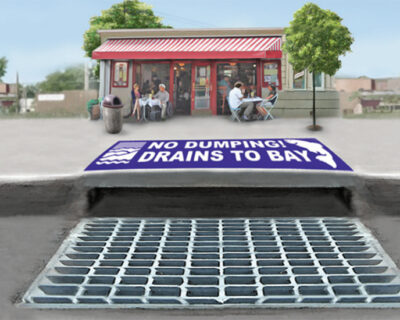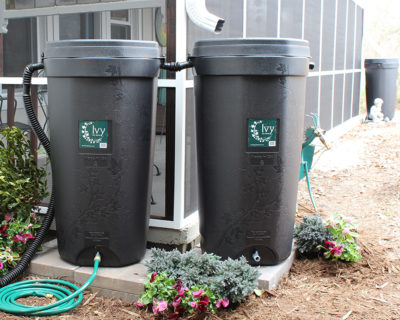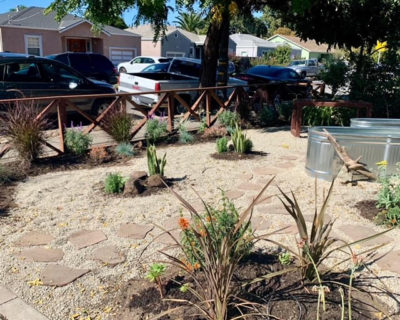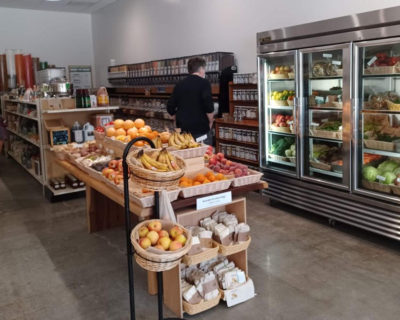It’s a new year and a time for change! In need of a resolution? Flows to Bay has you covered! This year, we encourage you to consider using Integrated Pest Management (IPM) practices for your pest control needs.
What is IPM?
It’s an approach to gardening and pest control issues that offers a natural and effective alternative to conventional methods that often don’t work as well as you might hope, or come with unwanted environmental consequences.
Though seemingly convenient, pesticides are generally only a band-aid solution to your gardening ails, and they can even sometimes encourage more pest problems because the underlying causes of infestation remain unaddressed. The IPM process understands this and looks to do away with the immediate and heavy application of pesticides when pests pop up. Instead, IPM focuses on a variety of methods that when taken together deal more effectively with pest problems at their source.
Looking at a pest problem through this lens means that you’ll:
- Look at environmental factors that affect the pest and its ability to thrive.
- Create conditions that are unfavorable for the pest.
- Reap the benefits of a mostly pest-free, resilient, and more thriving garden ecosystem.
To learn more about what IPM really looks like in practice in San Mateo County, we reached out to pest control operators in our county over the past year and learned some lessons from one expert in the field – Hendrick Wong. Impressed by his passion and background in IPM, we invited him to share his insights.
Who is Hendrick Wong?
Hendrick is a Board Certified Entomologist and pest management professional. He has a degree in IPM from UC Berkeley and has been working in the pest control industry for over 30 years. He cites his background in IPM as having given him the unique ability to “understand the biology of the pest,” which is an important aspect of what makes his IPM approach work so effectively.
Hendrick’s commitment to IPM practices is driven primarily by his love for the environment and his desire to decrease the presence of pesticides in the food chains of our local ecosystems. When pesticides are applied to plants, they enter the bodies of organisms that eat plants and then travel into the bodies of animals that eat those organisms. Through this process, persistent chemicals can build up in the bodies of animals across a food chain. As Hendrick stated, “pesticide usage should be the last option, not the first.”
Want to use pesticides more effectively? Hendrick shared the most common advice he gives to people with persistent pest problems:
- Recommends removing ground cover (leaves and debris) to discourage ants.
- Discourages homeowners from “requesting regular monthly perimeter treatment for insects” because it is unnecessary and leads to an “overuse of pesticides.”
- Educates “restaurant owners to exercise better sanitation.”
- Instructs homeowners to “trim back excessive vegetation” that’s below their home’s roofline and not on their property.
- Encourages homeowners to release ladybird beetles and lacewings into their gardens for biological control.
Why does Flows To Bay support IPM practices? Individual actions DO make a difference, and the decisions we make at home are connected to the broader health of the County! When pesticides are applied haphazardly or in excess they become a water quality concern. Any chemicals and debris that accumulate on our lawns, sideways, roads, and driveways are at risk of being carried into storm drains by rain or overwatering, and from there it is a quick and unfiltered trip to local waterways, the Bay and ocean.
Do you want to learn more about IPM or find an IPM pest control operator in your area? Check out more information on this webpage! Another useful local resource is ReScape California – who’s 8 principles for maintaining a regenerative landscape draw on many of the core aspects of Integrated Pest Management.

